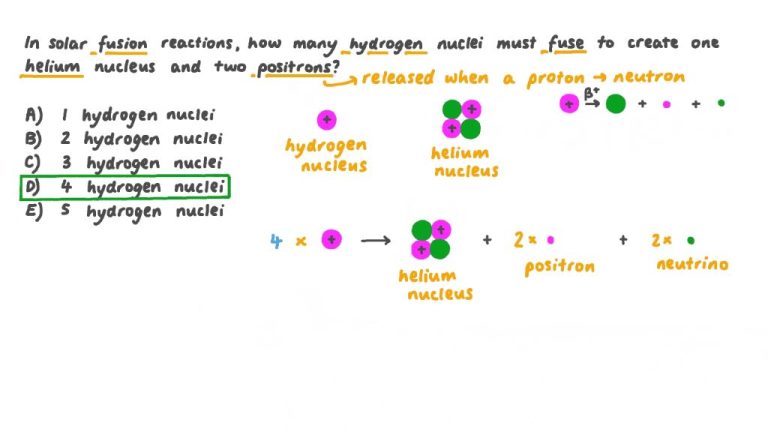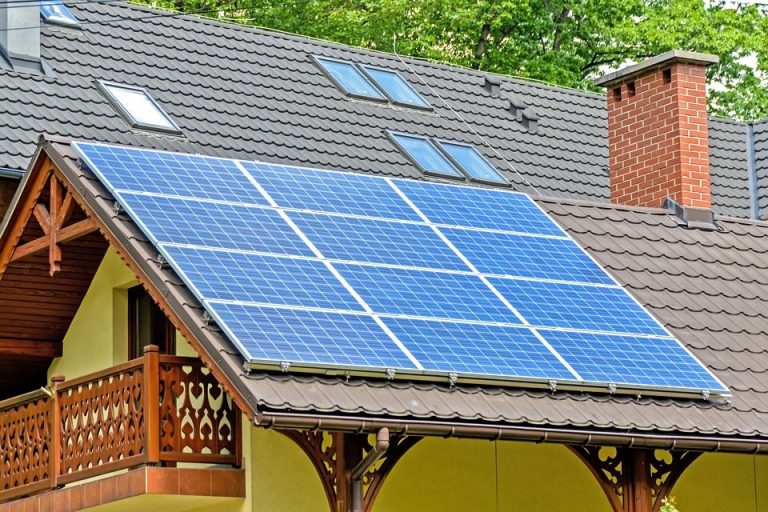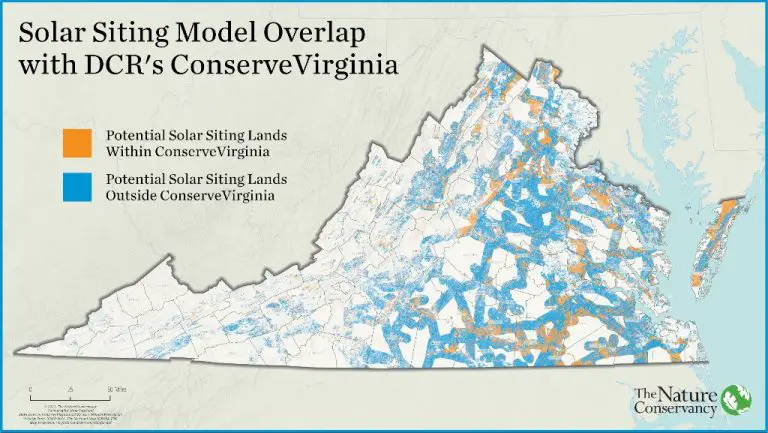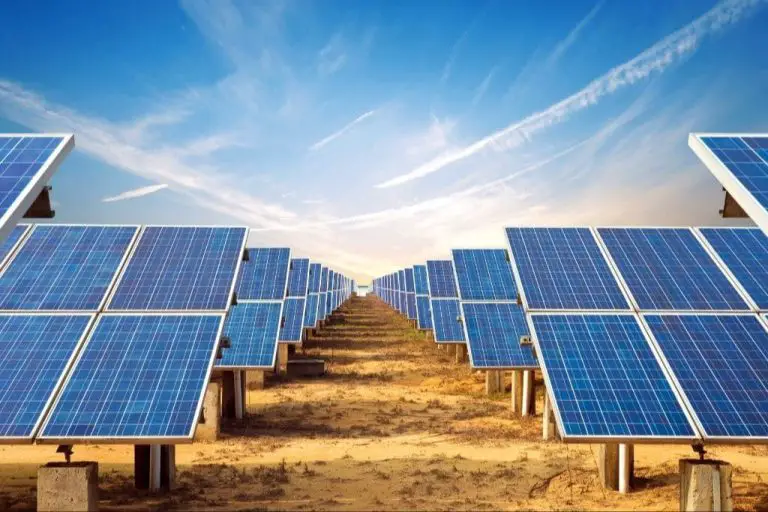How Much Should Solar Cost In Florida?
Solar power is quickly becoming a popular choice for Florida homeowners looking to save money on electricity. With Florida’s abundant sunshine and ever-declining solar panel prices, solar power systems have become an affordable option for many homes in the Sunshine State. But how much do residential solar systems really cost in Florida? This article will provide a comprehensive cost analysis of going solar for Florida homes. We’ll examine the key factors impacting solar costs and incentives available, along with average solar prices per watt across the state. With this data, Florida homeowners can make informed decisions about whether solar is right for their homes and budgets.
Popular Solar Options
There are two main types of solar energy systems used in residential settings in Florida:
Solar Photovoltaic (PV) Systems
Solar PV systems convert sunlight directly into electricity using solar panels typically installed on the roof. The electricity generated can power your home or be sent back to the grid. Solar PV systems require little maintenance and have a lifespan of 25-30 years.
Solar Thermal Systems
Solar thermal systems use solar energy to heat water for domestic or pool heating. They utilize solar collectors installed on the roof that absorb and transfer heat to a storage tank. Solar thermal systems can provide up to 80% of a household’s hot water needs.
Solar PV systems are the most common for full home solar installations, while solar thermal tends to serve supplementary water heating needs.
Key Factors in Solar Costs
Several key factors affect the overall cost of installing solar panels in Florida. The three main components that influence pricing are system size, equipment costs, and installation complexity.
System size refers to the number of solar panels and the power output measured in kilowatts. Larger solar arrays generate more electricity but also cost more upfront. The size needed depends on factors like roof space, energy usage, and budget. The solar panel equipment itself including panels, inverters and racking makes up a significant portion of the overall expense.
Higher efficiency solar panels generally cost more but may have faster payback periods. Inverters must be properly sized for the system and high quality units are recommended. Installation costs can vary greatly based on the roof type, accessibility, and structural upgrades required. More complex installations on steep, tile, or otherwise challenging roofs will be more expensive than simple installations on accessible shingle roofs.
Finally, local electricity rates affect the value of the solar energy produced. Areas with high energy prices will see faster paybacks on solar investments compared to low-cost utility regions.
Average System Size Needed
The average home size in Florida is around 1,500 square feet. Typical electricity usage for a Florida home this size is 1,000-1,500 kWh per month. To fully offset this electricity usage, most homeowners will need a 6-8 kW solar panel system.
A system this size will have around 18-24 solar panels, with each panel rated at around 330 watts. 6 kW is generally the minimum size recommended for the average home, while 8 kW provides extra capacity to power larger homes and amenities like pools.
While exact solar sizing depends on several factors like roof space and energy efficiency, a 6-8 kW system is a good starting point to meet the electricity demands of most Florida homes. This provides enough capacity to zero out electric bills without oversizing the system.
Equipment Costs
The equipment needed for a residential solar installation includes solar panels, racking, inverters, and wiring. The costs can vary significantly depending on the types and brands selected.
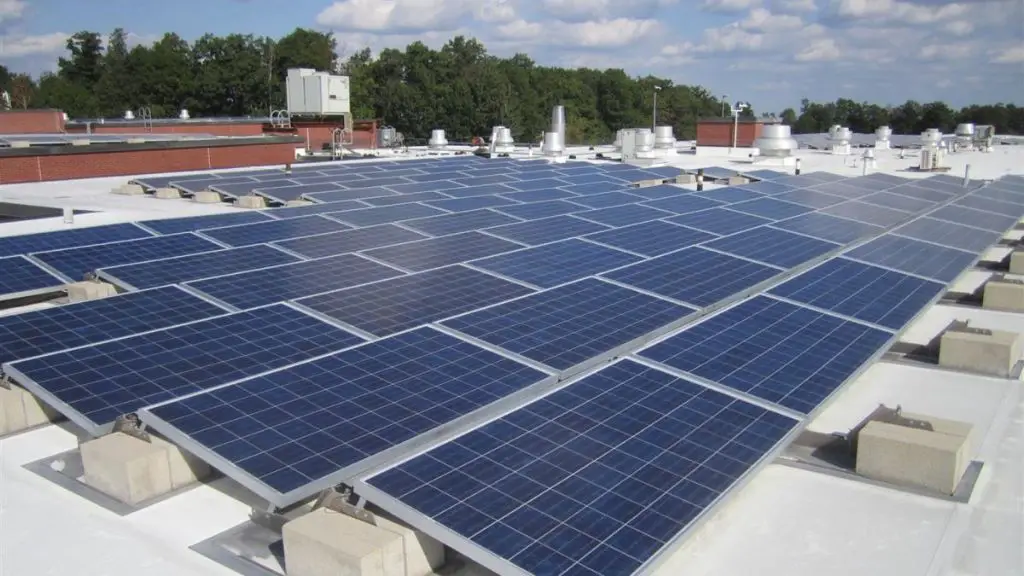
For solar panels, costs typically range from $0.75 to $0.85 per watt for mid-range products from reputable brands like LG, Panasonic and SunPower. Economy panels from lesser known brands can cost $0.50 to $0.65 per watt. Premium panels with higher efficiencies and better warranties range from $0.90 to $1.00 per watt.
Inverters usually cost $0.20 to $0.30 per watt. Quality inverter brands like Enphase and SolarEdge are more reliable but also more expensive. Racking and wiring add another $0.10 to $0.20 per watt.
When installing a solar array, there are economies of scale. A larger system benefits from spreading fixed costs like permits and labor across more equipment. Most experts estimate around $3.00 per watt for a smaller 4 kW system, decreasing to around $2.50 per watt for a larger 8 kW system.
Installation Costs
The labor and materials needed for installing solar panels make up a significant portion of the overall system cost for homeowners. Installation prices are driven by several key factors:
- Labor – Solar installers typically charge around $150-250 per hour for 2-3 workers to complete the installation. Simple roof installations may only take 8-16 hours, while more complex projects can take 40+ hours.
- Permitting – Most local jurisdictions require permits for solar installations, costing $200 on average.
- Inspection – An electrical inspection will be needed, adding another $100-$150 to the overall cost.
- Interconnection fees – Fees to connect the system to the grid range from $50-$150.
As an example, a straightforward solar installation on a sloped roof may cost around $3,000-5,000 for labor and fees. A more complex install across multiple roof planes or incorporating battery storage could cost up to $10,000 or more when factoring the additional labor and complexity.
It’s important for homeowners to understand their specific roof type, electrical setup and permitting requirements when estimating total installation costs.
Federal and State Incentives
There are a few key federal and state incentives that can help reduce the cost of going solar for Florida homeowners. At the federal level, homeowners can claim a 26% tax credit for systems installed in 2022-2023. This tax credit covers both the cost of equipment and installation. For a typical 5kW solar system costing $15,000, a homeowner could get back $3,900 on their federal taxes over one or two years. The tax credit does step down to 22% for systems installed in 2024 before expiring completely in 2025, so act soon to maximize savings.
For Florida residents, utilities are required to offer net metering, which allows excess solar energy to be sold back to the grid. This can lead to additional cost savings. Florida also exempts 80% of the appraised value of a solar system from property taxes, reducing costs further. Overall, state and federal incentives could save a Florida homeowner $5,000 or more in going solar, making it very cost-effective.
Operation and Maintenance
Once your solar energy system is installed and operational, there are some ongoing costs to keep it running efficiently. These are referred to as operation and maintenance (O&M) expenses.
On an annual basis, O&M costs for a residential solar system average around $80-$160 per year. This covers basic system monitoring, cleaning the panels, and making any minor repairs or adjustments. Most solar panels come with 20-25 year manufacturer warranties, so major equipment repairs are uncommon in the first 5-10 years.
However, some key components of the system will need to be replaced periodically. Inverters, which convert the solar energy into usable AC electricity, typically last 10-15 years before needing replacement. This can cost anywhere from $500-$2000 depending on system size. Solar batteries also wear out after 5-10 years, costing $3000-$6000 to replace.
When budgeting for long-term solar system costs, factor in about $300 per year on average for O&M expenses. Also plan on one major equipment replacement of the inverter and/or batteries during the system’s 25-30 year lifespan. Doing so allows you to accurately estimate the total lifecycle costs and payback period.
Total Cost Analysis for Solar in Florida
When reviewing all the cost factors involved in a Florida solar installation, we can get an accurate picture of the total price range homeowners can expect to pay.
Based on average system sizes needed to offset typical energy use, equipment costs, installation labor and fees, incentives, and long-term maintenance, a Florida homeowner looking to go solar can expect to pay between $15,000 – $25,000 for a complete solar PV system.
This takes into account:
- System size between 6-8 kW
- Panel and inverter costs of $2.50-$3.50 per watt
- Installation fees of $2,000-$4,000
- Federal tax credit of 26% of system cost
- Estimated O&M costs of $1,500 over 25 years
When accounting for electricity bill savings, the payback period for a Florida solar installation would be 6-8 years. Over the full 25 year lifespan, an average Florida solar PV system can save homeowners $30,000-$40,000.
While solar requires an upfront investment, the long-term savings and hedge against rising utility rates make it a sound financial decision for many Florida homeowners.
Conclusions
In summary, the total cost for a solar PV system for the average Florida homeowner will range from $15,000 to $25,000 for a typical system size of 6-8kW. This factors in current equipment costs, installation labor, and any available federal tax credits and state/utility rebates. For a system this size, Florida homeowners can expect to save $1,200 to $1,500 per year on their electricity bill. With no battery storage, this equates to a payback period of 7-12 years when factoring incentives.
For most Florida homeowners, solar PV can yield significant long-term savings on electricity costs while also reducing your carbon footprint. With solar panel costs declining and efficiency improving, now is a great time to explore going solar. Just make sure you get quotes from at least 3 reputable local installers and compare all-in system costs after incentives. We recommend looking for experienced installers that have been in business for 5+ years and have strong customer reviews. With the right installer, solar can be a wise investment for many Florida homeowners.

